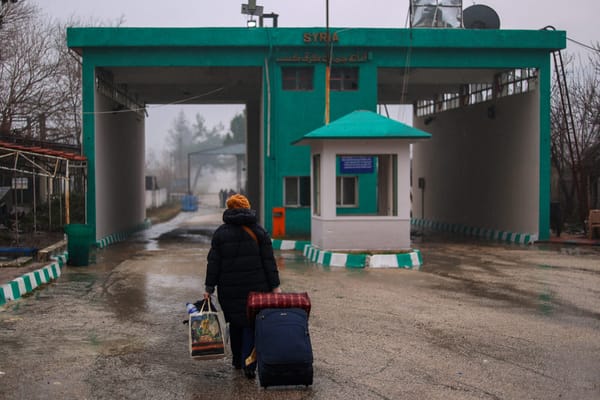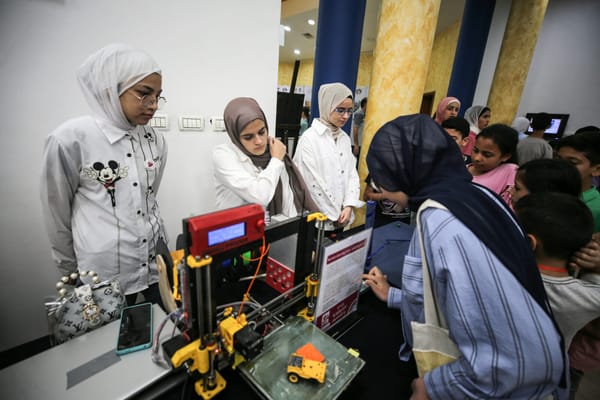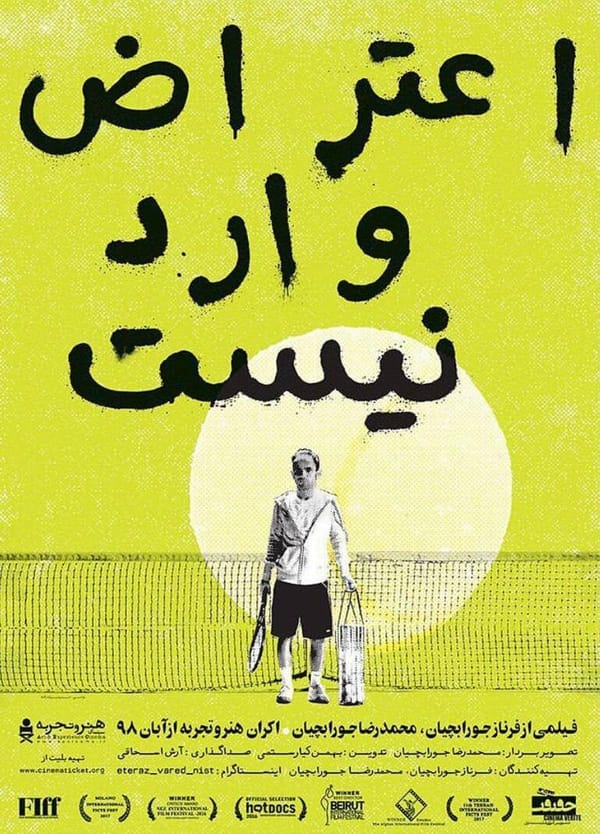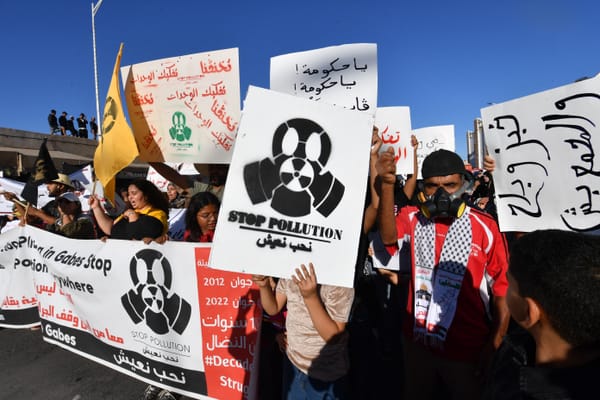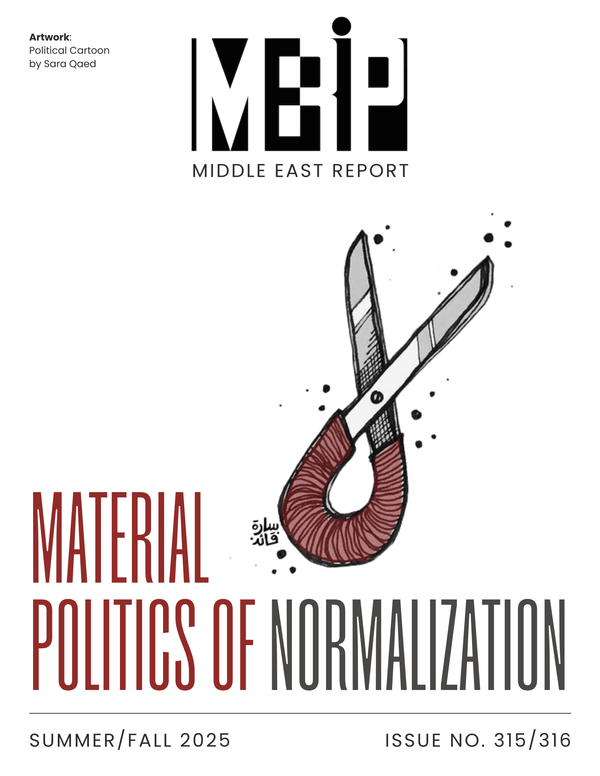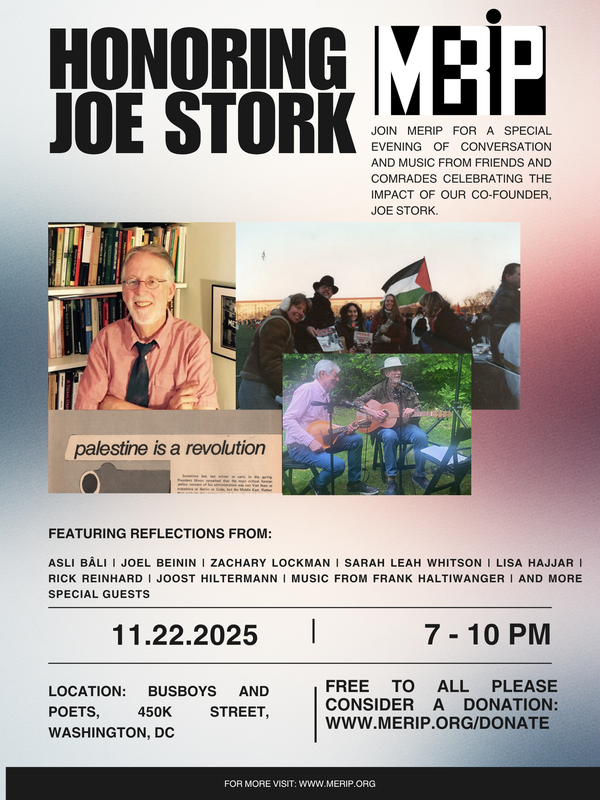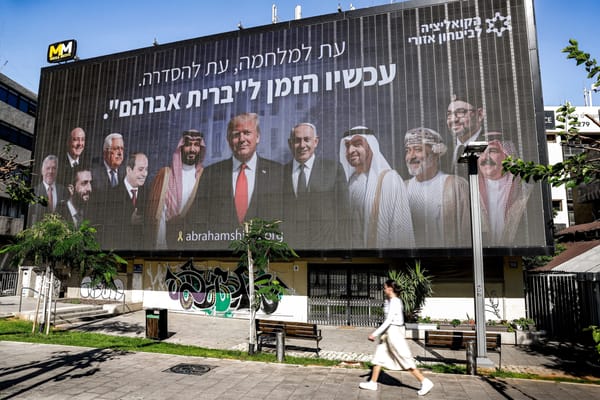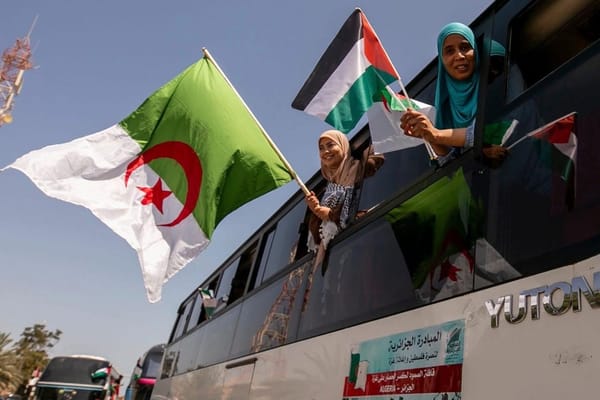Hidden Death
There may be more landmines deployed per person in Kurdish Iraq (population around 3.5 million) than in any other region in the world. A 1993 State Department report estimates that the Iraqi army laid 3 to 5 million mines there during the Iran-Iraq war and in the months leading up to the 1991 Gulf w

